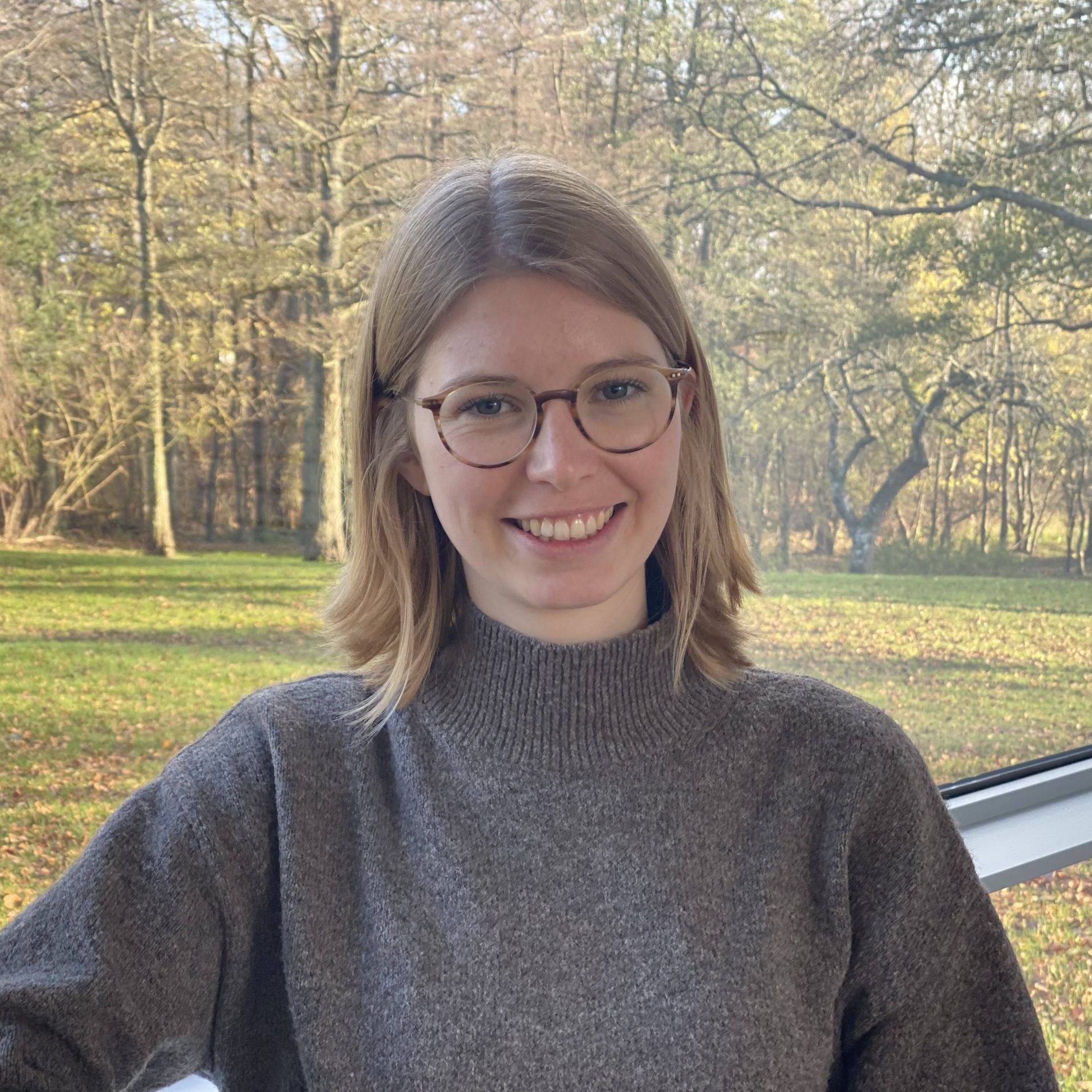
Biology diversity in plasticity and adaptation
Our mission
The aim of this work package is to understand the outcome of cochlear implant therapy in individuals with hearing impairment, where a number of treated children do not meet the expectations of the clinicians. The extent and limits of brain plasticity in children and the available brain resources directly influence the outcome of auditory restoration and are a likely factor of variability. One of our focus is the role of hearing and the consequences of hearing impairment for mutual integration of sensory inputs and cognitive adaptations. Another focus is the biological and technical characteristics of the cochlear implants and cochlear implants users.
Research Development
Analyzing brain asymmetry in children with single-sided deafness with and without cochlear implant, to understand if this technology can be used as therapy for these children, working on implementing computational methodologies to identify the cortical and subcortical neural generators associated to auditory signals. (ESR 1)
Integrating computational approaches to facilitate data analysis, mainly CT scans, to predict the technological and biological factors that cause underperformance in cochlear implant patients. (ESR2)
Using the animal model to unravel the neural mechanism of cross-modal plasticity in hearing impairment (ESR3)
Designing and pilot testing an experimental paradigm that includes functional near-infrared spectroscopy measurements, which will be used to investigate cortical speech processing in response to combined auditory-tactile speech stimuli in normal-hearing listeners and cochlear implant users. (ESR 4)
Impact
The outcomes of this work will improve rehabilitation by understanding how other sensory inputs’ information can complement auditory perception in cochlear implant users. They will also improve the analysis and application methodologies in cochlear implantation. On top of that, this work could make future governments adjust their treatment policy related to children with hearing impairment.
Our team of early-stage researchers
Click here to read more about their individual research projects



